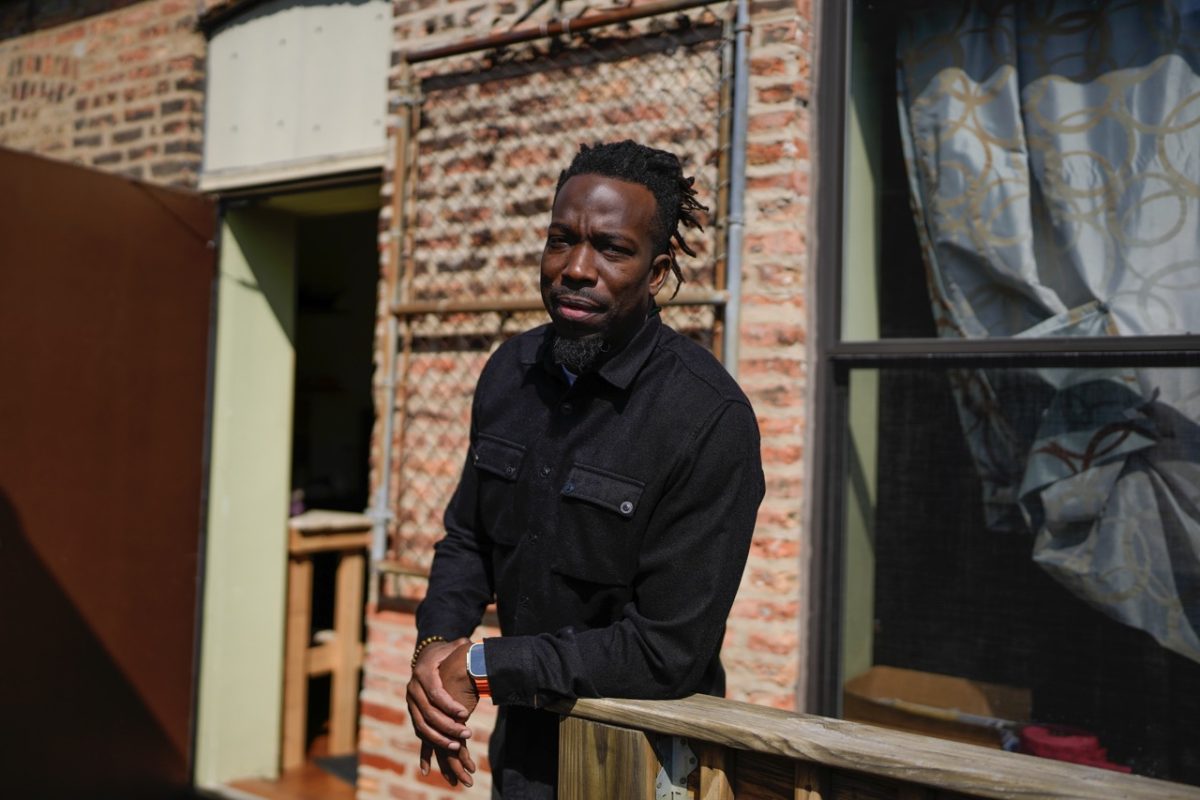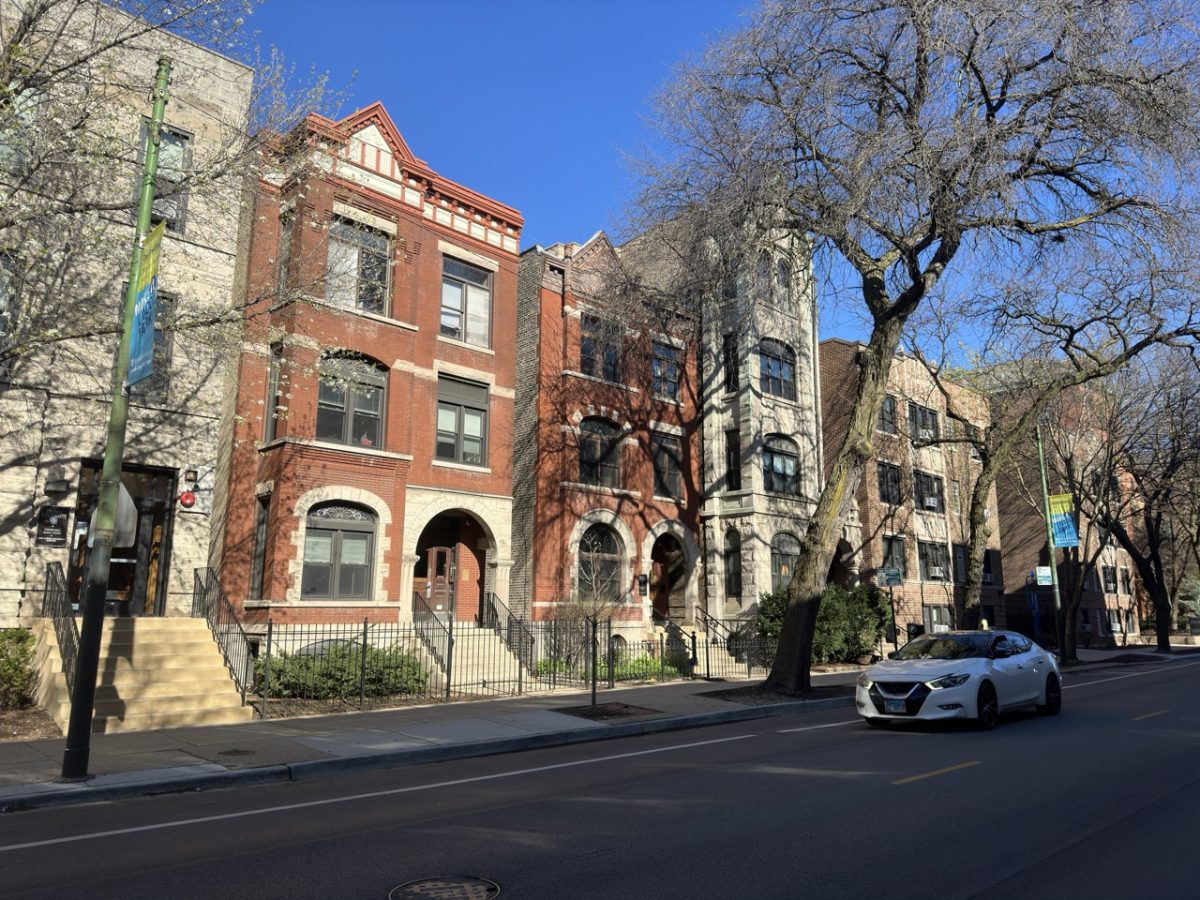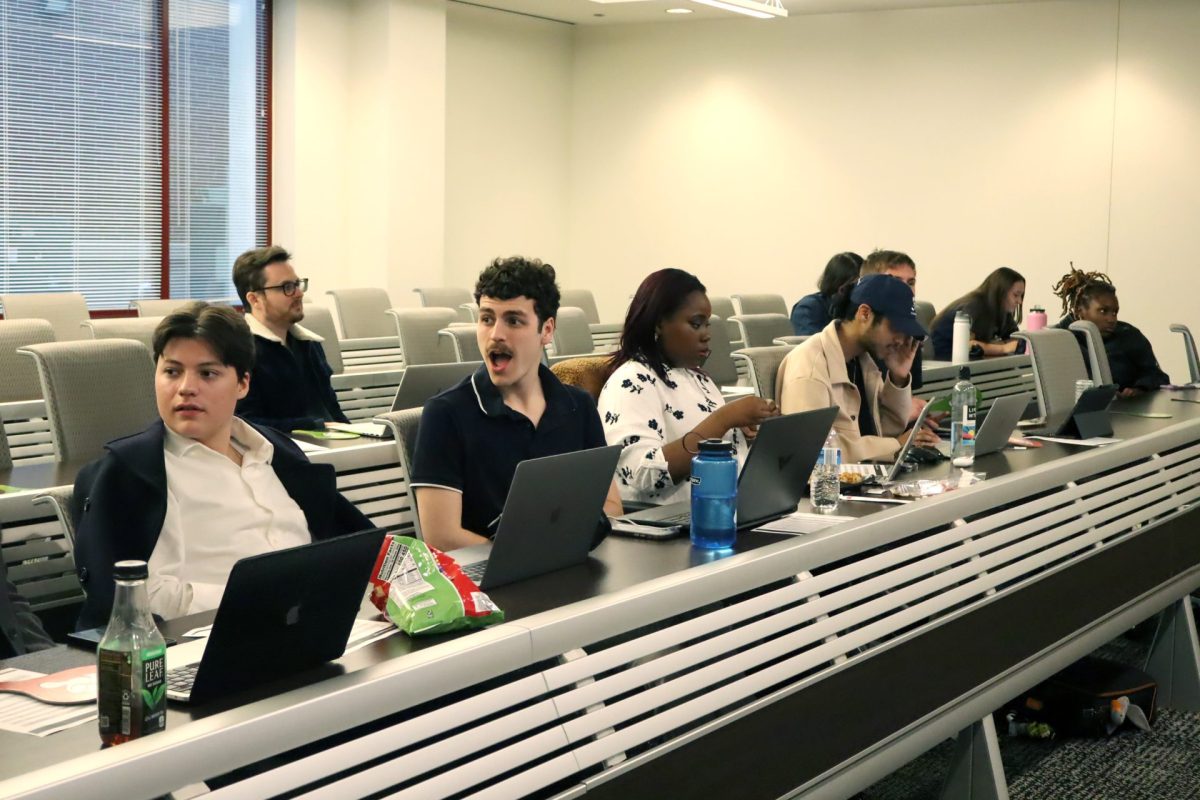It’s 7:15 a.m. and the sun is rising on Kelvyn Park High School in Chicago’s Hermosa community. The hallways are quiet and empty, but in room 132 the City Year team is meeting for their morning ritual readiness check. All 10 members stand in a circle and inspect their uniforms – khaki pants with red and white tops displaying their City Year patch. They end by reciting the words of Dr. Martin Luther King Jr.
“A heart full of grace, my mind up to pace,” they all say in unison. “And a soul generated by love.”
This is the motto of City Year, a nation-wide nonprofit organization that immerses highly trained individuals, ranging from 17 to 24 years old, in at-risk public schools in order to combat the nation’s present dropout crisis. Over 1 million students drop out of school every year. The program focuses on three areas: attendance, behavior and course performance. According to a study by Johns Hopkins University, targeting these areas as early as sixth grade can enhance a student’s chance of graduating and continuing on to college.
Right as the students walk into school, the corps members are outside the main entrance, greeting them with high fives, wishing them good luck and reciting motivational chants. At the start of the day, they foster a supportive and encouraging climate that makes students want to come back the day after.
“The greatest success happens when a student feels an adult cares about them,” said Kelvyn Park Assistant Principal Carol Garai. “City Year creates a type of positive energy felt throughout the whole building.”
One year ago, positive energy was one of many things lacking at Kelvyn Park, along with the school’s ability to adhere to federal performance and attendance standards, placing the school under academic probation. Many students were failing in their classes or not even showing up for school.
“There’s a lot of cultural reasons, such as single parent homes and children having children,” Garai said, adding that 95 percent of the student body is under the federal lunch program. “It’s likely many students are working full-time jobs to put food on the table, and school is seen as less of a priority.”
Garai believes in encouraging youth with the benefits of a higher education, which in turn can break the socially repetitive cycle when no one in the family has ever attended college. But Kelvyn Park’s tight budget limited it from the resources required to initiate such change. After a two-year application process consisting of demographic and neighborhood problem reports, in 2011 Kelvyn Park received a federal education grant giving it the means to implement new practices such as City Year.
“Working with students who come from difficult situations makes you realize the disparity of education,” Carina Gonzalez, a team leader, said. “The system expects them to adhere to certain standards and go back to lives that aren’t conducive to that type of learning.”
Corps members promote constructive learning environments by actively assisting students in the classroom, holding individual sessions with students throughout the day and hosting tutoring sessions after school.
“You make an impact just by relating to them, listening and being yourself ,” she said. “It’s a great feeling.”
Working with Gonzalez is senior Alex McLaughlin. McLaughlin is one of 14 City Year members that are DePaul alumni, placing DePaul among the top universities across the country with graduates working in City Year.
“It comes from DePaul’s Vincentian model of leadership,” McLaughlin said, referring to DePaul’s ongoing mission to reach out to underserved populations.
As a psychology student with a concentration in human services, DePaul required and provided an internship for McLaughlin with an education-focused non-profit, inspiring her to apply for City Year shortly after graduating. After experiencing why 40 to 60 percent of freshmen don’t graduate from urban public schools that service low-income communities, she wants to continue working towards a solution.
Garai explained the effect City Year has on the student body. In one year, attendance rates have risen and students voluntarily attend tutoring sessions as they become more actively engaged in their academics.
In a society where every 26 seconds a student gives up on school, instilling change in an environment where it’s needed most is not the easiest job. The days are long, the stress can be overwhelming and the result of your work is sometimes hard to see when new obstacles are constantly arising. Overall improvement may not happen overnight, but the City Year team is still hopeful their efforts at Kelvyn Park are creating a lasting impact.
At 4:30 p.m. the after school tutoring session is coming to a close. As the City Year team is saying goodbye to their students before heading into their evening meeting, a student says bye to corps member Lara Mbayed and begins walking towards the exit.
He stops and turns around. “Oh yeah, I’m getting a ‘B’ in that class now,” he said. “I raised it from a D.”







